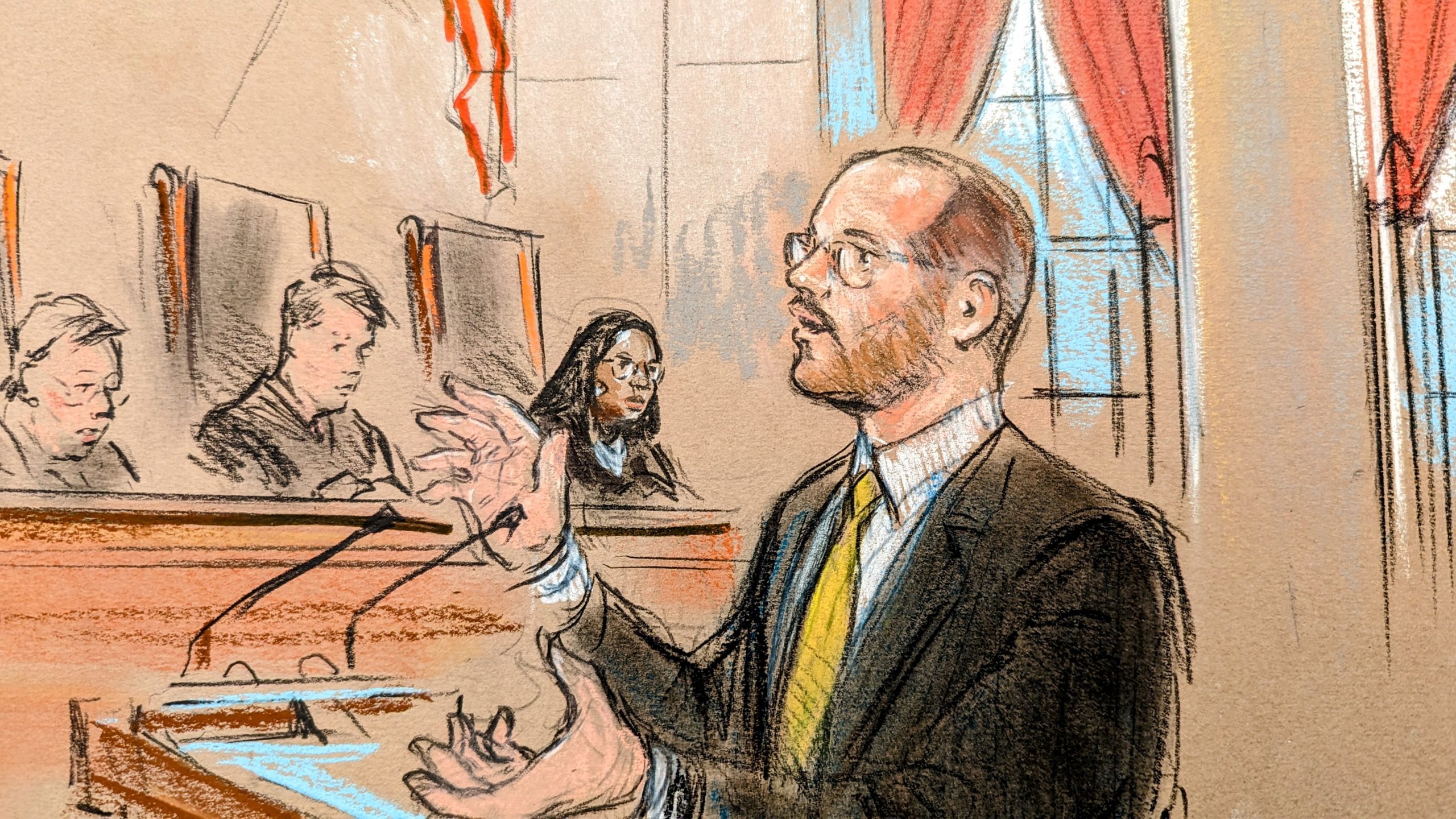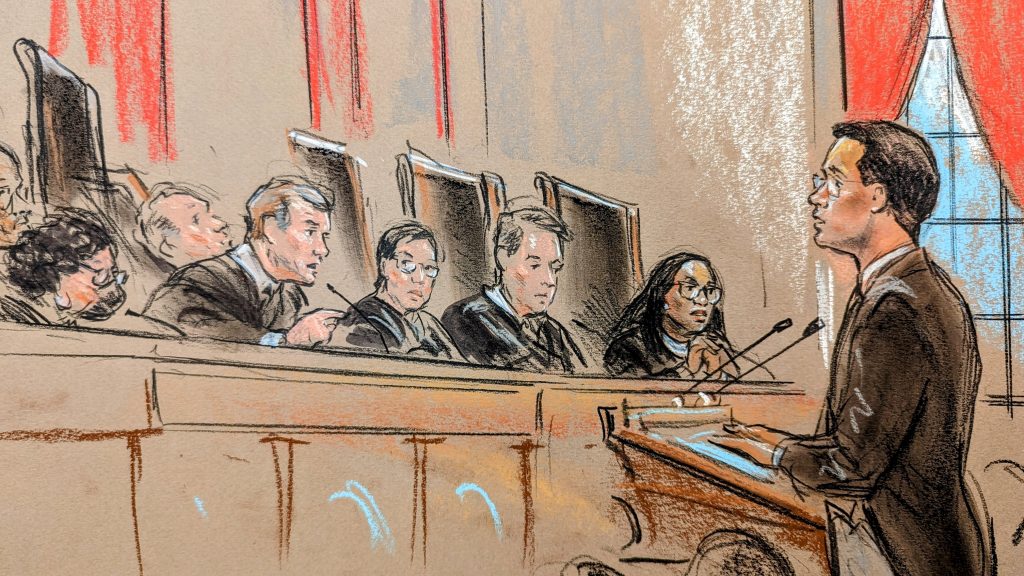States allowing abortion via telehealth
Update: Pam Belluck reports in the New York Times today on the GenBioPro suit and other post-Dobbs cases in North Carolina and Texas, the latter an initiative by anti-abortion groups. -gwc 1/26/23
GenBioPro, Inc. v. Sorsaia et al, Docket No. 3:23-cv-00058 (S.D. W. Va. Jan 25, 2023), Court Docket
GenBioPro - a pharmaceutical manufacturer - has challenged West Virginia's ban on the long-approved pregnancy termination drug mifepristone, a generic.
The post-Dobbs scenario painted by the Pew Trust, and developed by Drexel law professor David S. Cohen is beginning to be fleshed out. Interstate shipment and local dispensation of mifestiprol (fka Ru 46) As he projected in The New Abortion Battleground destined for the pages of the Columbia Law Review.
Since 2000 the drug mifepristone has been approved by the FDA for termination of pregnancy and other medical uses. After long experience and regular statutorily mandated review the FDA on January 3, 2023, FDA updated the safety elements to enable patients to receive it through certified pharmacies.
GenBioPro alleges that despite the comprehensive federal statutory and regulatory regime, which carefully balances patient access and safety, West Virginia officials banned mifepristone. The doctrine of federal preemption, grounded in the Supremacy clause has been used to bar design defect tort actions against medical devices that have undergone full FDA pre-marketing review Medtronic v. Lohr], 518 US 470 (1996) and vaccines injury due to which there is a comprehensive federal compensation program. Bruesewitz v. Wyeth LLC, 562 U.S. 223 (2011). The courts will have to decide whether the state criminal law is similarly pre-empted.
In Dobbs v. Jackson Women's Health case Samuel Alito strongly suggested sympathy for the argument that a fetus is a person entitled to protection at every stage of life. That was strongly urged by Notre Dame philosopher and law professor John Finnis. He and Robert George - another arch Catholic conservative - submitted an amicus brief to the Supreme Court which argued that a fetus is a person entitled to protection under the 14th Amendment. A state that grounds its law on such a principle would find warm reception on the high court where sits Neil Gorsuch , a former doctoral student of Finnis.
In Cruikshank v. United States (1976) the Supreme Court vacated federal murder convictions of white militiamen who slaughtered Black defenders of a County courthouse in Louisiana. It was state business only, the court held. Until the Emmett Till Anti-lynching Act passed in 2022 the Cruikshank case tied the hands of the national government as thousands of people - principally Black - were lynched, in vigilante actions. Cruikshank could lead today's judges to abjure preemption of a state murder law.
The Genpro complaint - filed in West Virginia' southern District - alleges that "n September 2022,
in the wake of the Supreme Court’s holding in Dobbs v. Jackson Women’s Health Organization, 142 S. Ct. 2228 (2022), West Virginia’s Legislature enacted the Unborn Child Protection Act (the “Criminal Abortion Ban” or the “Ban”). This law prohibits abortion in almost all cases, at any stage of pregnancy. W. Va. Code § 16-2R-1 et seq.; id. § 61-2-8. The Criminal Abortion Ban severely constricted the market for mifepristone statewide.
The State had already burdened exercise of the right to abortion which Dobbs terminated. Genpro further alleges that
Even before the Ban took effect, West Virginia law restricted the provision of mifepristone. See id. §§ 16-2I-2 (requiring a waiting period and counseling before an abortion procedure); 30-3-13a(g)(5) (prohibiting providers from prescribing mifepristone via telemedicine); see also id. § 30-1-26(b)(9) (providing for a rule banning prescribing mifepristone via telemedicine).
The complaint further alleges that
settled preemption and Commerce Clause principles govern states’ efforts to restrictaccess to an FDA-approved medication. The Supreme Court’s decision in Dobbs did not displace Congress’s and FDA’s roles in protecting the public health by deciding whether drugs are safe and effective, determining which precautions — if any — are necessary to ensure a drug’s safe use, and ensuring safe and effective drugs are available to the public. Dobbs addressed only the underlying personal constitutional privacy right as it pertains to abortion; it did not speak to federal law regulating a drug maker’s sale and distribution of, or a patient’s access to, medication that is FDA-approved for distribution nationwide.
Genpro alleges This Court has jurisdiction and equitable power to enjoin actions by state officials
that are preempted by federal law. But just as a gun may be lawfully purchased the use to which it is put may be nlaful.
According to the Bloomberg News report todayWest Virginia Attorney General Patrick Morrisey, a Republican, said in a statement Wednesday that his office is “prepared to defend West Virginia’s new abortion law to the fullest.”
“While it may not sit well with manufacturers of abortion drugs, the U.S. Supreme Court has made it clear that regulating abortion is a state issue,” he said. “I will stand strong for the life of the unborn and will not relent in our defense of this clearly constitutional law.”
Bloomberg Law further reports:
Legal observers say the Biden administration could do more to back the position that FDA preemptions beat state law. Attorney Merrick Garland has said that states can’t ban mifepristone based on disagreements with FDA calls on efficacy and safety, though several states have limits on the drug.
A physician in North Carolina is making the federal preemption argument in another lawsuit filed Wednesday. The complaint in the US District Court for the Middle District of North Carolina challenges the state’s restrictions on mifepristone, including that the drug be dispensed in person by a physician following an ultrasound.
In January, the FDA announced pharmacies could get certified to dispense mifepristone, upping the stakes in the ongoing battle between the administration and states.
In addition, President Joe Biden on Jan. 22 issued a memorandum directing a trio of Cabinet members to consider new guidance to protect access to mifepristone.
- GWC 1/25/2023





